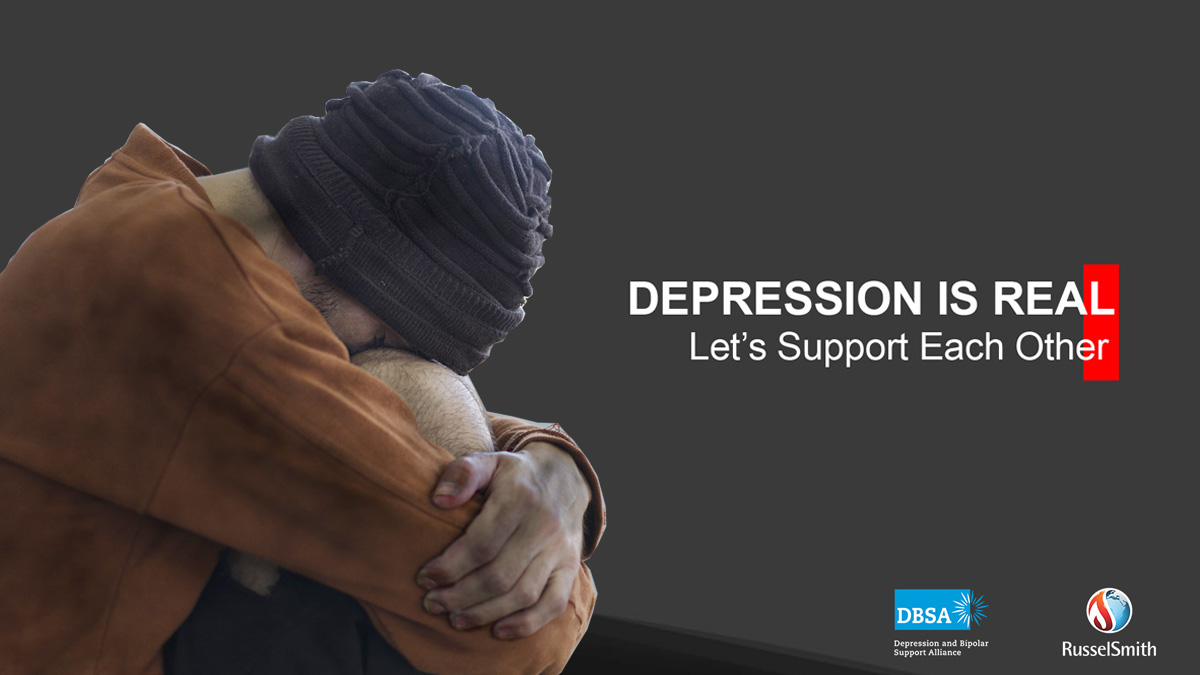The current COVID-19 pandemic has caused an increase in mental…
Confined Space Rescue
“At about 6:45pm on 26 May 2014, while the timber cargo on board the German registered general cargo vessel Suntis was being discharged, three crew members entered a cargo hold access compartment. Another crewman saw one of his colleagues collapse in the compartment and raised the alarm. A frantic rescue operation ensued. During the recovery of the three unconscious crewmen, safety equipment was used incorrectly and inappropriately. The three crewmen did not survive.
“The investigation found that the oxygen levels within the compartment had been depleted, probably by the timber cargo, with levels of 5% – 6% recorded at the compartment deck.” The United Kingdom’s Marine Accident Investigation Branch (MAIB) reports.
Considering the fact that the three crew members collapsed and died after entering an oxygen deficient compartment on board the vessel, the MAIB stated that it is likely that the second and third crew members entered the space to attempt to rescue their colleague.
“The vessel had no rescue plan or appropriate rescue equipment in place,” the report stated, adding: “It is fortunate that more lives were not lost during the disorganised rescue attempt.”
A confined space refers to a space which by design has limited means of entry and exit which is not designed or intended primarily to be occupied by a person.
If you are required to work in a pipeline, furnace, vessel, degreaser, boiler, pit, pumping station, ship’s hold, underground utility vault or enclosure of similar characteristics, it means you are working in a confined space.
Contrary to popular opinion, confined spaces do not always have to be areas with only one opening. An area may have several openings but would still be considered a confined space if those openings are at least 15 feet off the ground. Likewise, a space with multiple openings can be considered a confined space if a worker has to crawl under and over various obstructions to get to the opening.
Confined spaces may contain harmful atmospheres or stored substances, including insufficient oxygen, toxic (poisonous) air, or an explosive atmosphere that poses a risk to employees working in them. Workers who enter or monitor confined spaces as part of their duties require training in the unique hazards posed by their environment. Atmospheric hazards, access hazards, entrapment, engulfment, and many other dangers lurk in confined spaces, and rescue from these spaces is often slow, technical and difficult, and tends to result in increased fatalities when set protocols are not followed during rescue attempts.
According to a report published by the Safety Engineering Network (SAFETENG), over 50 deaths involving confined spaces occurred in 2014. Majority of these incidents occurred due to spontaneous rescue attempts. Workers and employers often underestimate how critical it is to follow set procedures for rescue attempts. One study concluded that 40 percent of confined space fatalities involve attempted rescuers.
We therefore advise that if you are not part of the team designated to work in a confined space, do not enter. However compelling the need to go into a confined space to attempt to rescue an unconscious colleague is, it must be resisted. There should be a pre-arranged plan for the rescue of a person who has collapsed within an enclosed or confined space. Rescue personnel should be properly trained and regular drills should be conducted to test the plan and ensure the crew are familiar with it. The pre-arranged plan must involve an outside attendant and a means to communicate effectively, primarily to ensure that problems do not escalate to the point where rescue is necessary. In a situation where rescue becomes necessary, the attendant must alert the rescue team.
Fatalities can be brought down to a bare minimum if proper rescue procedures are followed.
More information: Contracted Rescue Services, by RusselSmith

